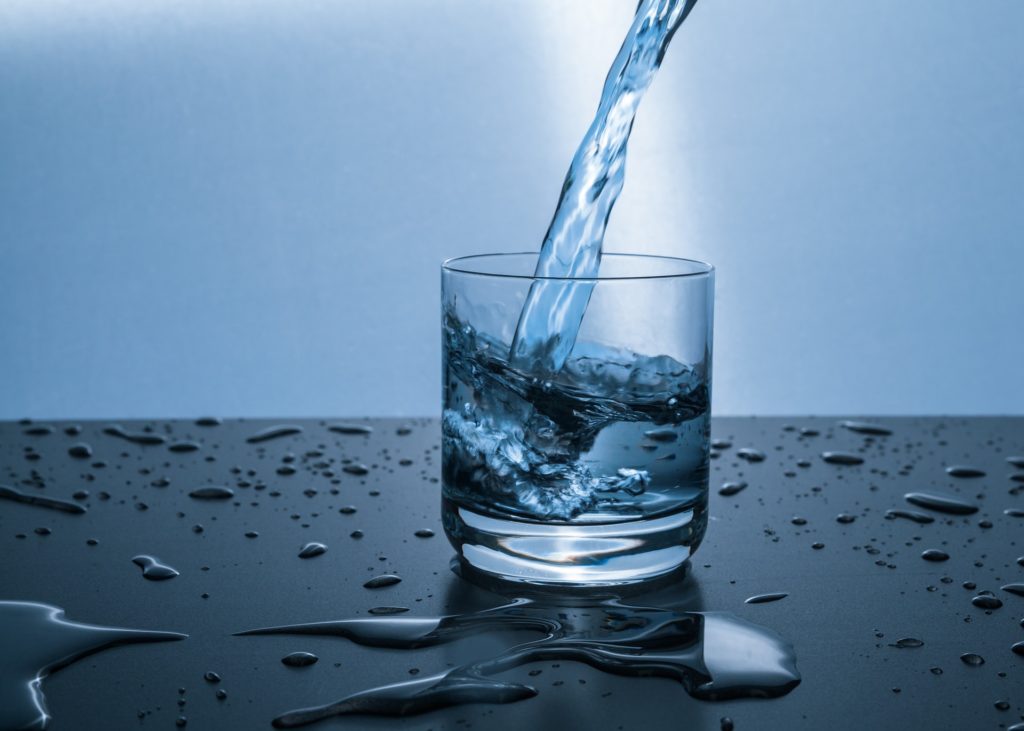
Since the need of clean water is increasing day by day, the competition among different water purifiers is also increasing immensely. You can find a flood of options in water purifiers in the market. There are so many options that are effective, useful and absolutely affordable. But do you think that you know everything about different types of water purifiers? Do you think you know what type of water purifier would be good for you? It is important to know that Water purifiers contain different types of filters but what type of contaminant does each type filter out? What must you look for when purchasing a water filter for your home?
Lack of clean water
It is true that pure, clean and safe drinking water is not really available easily these days. Growing population, industrial development and that of environmental degradation are all reasons for this. Given this situation, it gets even more significant for you to be aware of purification techniques and the available water purifiers in the market to make sure that the drinking water you get is of good quality. Certainly you can ensure that you get clean and safe water through sources like ro plant.
Presence of minerals in Water
It is needless to say that a lot of minerals are discovered naturally in water and are vital for the human body but consuming an extra amount of it can cause many ailments. A good water purifier eradicates the excess salts, put off particles and microbes, and retains its important vitamins and minerals. With so many manufacturers in the water purification industry these days, it is difficult to find out which is great, which is not and which meets essential standards.
It might interest you that both the water filters and water purifiers work on the same mechanical principle. These first suck up raw water that is contaminated, filter out impurities that range from sediments to micro-organisms and then dispense absolutely clean water. However there is one huge difference between the two – a purifier can eradicate viruses and bacteria that filters cannot remove. Some purifiers make use of chemicals and others use an electro-static charge to eradicate or capture viruses.
Chlorination of water Source
One of the earliest and oldest methods of water purification was to add chlorine in the water. Chlorine releases hydrochloric acid and it reacts with the microorganisms and kills them. However because of its negative effect on health as well as its uselessness to kill certain types of protozoa, this method lost popularity paving the way for other type of purifying techniques.
All water purifiers have a water filter
There are basically six different types that are available. These are like:
Active Carbon filter
This type of filter is used to purify soluble gases like chlorine, nitrogen, carbon monoxide, ammonia and organic material such as dead algae, leaves or even that of any other dead thing washed into a water body. The absorbent nature of the carbon (charcoal) is helpful in absorbing chlorine and pollutants like that of pesticides. Generally, household carbon filters are there with a lining of activated silver that eradicates bacteria.
Bios and filter
It is a concrete or that of plastic box that is packed with layers of sand and gravel, that removes pathogens (micro-organisms in water that make the consumers sick) and suspended solids from contaminated water. Water (it has to be free from dangerous chemicals as the filter cannot remove most of the chemicals) is poured into the top of the filter and gathered in a safe storage container. The organisms that cause infectious, Bacteria and other microorganisms grow in the top 2cm of sand and that is called the biolayer. The micro-organisms at the biolayer erode the pathogens in the water thereby enhancing the water quality. It eradicates suspended particles and pathogens and can filter twelve to eighteen litres each batch.
Reverse Osmosis filters
Reverse Osmosis (RO) system caters a multi-stage filtration of water by linking up active carbon and also particle filtration. Here, the tap water is made to get through a membrane (a polymer film) that has absolutely small-sized pores and this weed out micro-organisms and minerals in water. The impurities gathered are then flushed out through an outlet pipe. A RO water purifier enhances the taste of water but, it is difficult to say that the water shall be 100 percent safe as at times because of holes (because of a manufacturing defect or due to wear-and-tear) in the filter, some sort of bacteria can get through the filter. RO filters are suggested for places where the issue with the water is its high content of softened minerals. The darker side in a RO purifier is that there are sometimes chances that the membranes in these filters drain out a few of the essential minerals too. Also, it needs a continuous water supply to function and can be fixed to just one water tap.
Ultra Violet: (UV) filters: UV light (least level radiation) is passed on water to eradicate bacteria and other microbes by attacking the DNA in cells. These are the filters that eradicate pesticides by up to ninety nine %. This filter is productive in eradicating all types of pathogens but it is not effective for eradicating suspended particles, chemicals, smell, taste or colour. It can purify about 2000 litres/day.
What about Ceramic filters
These are kind of hollow cylinders and these are usually made from clay mixed with a flammable material like sawdust, rice husks or even that of coffee husks. These are the filters that drain out bacteria in the water via the tiny sized pores in them. It eradicates chlorine and E. coli bacteria up to ninety nine %. Its safe storage capacity averts water to get decontaminated. Hence, it is your decision to make and find out if this option works for you or not.
Conclusion
Thus it is crucial to know that you cannot ensure cleanliness of your water unless you are taking precautions. All the water purifiers and filters are good but you have to find out which one is the best for your specific needs.


